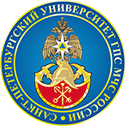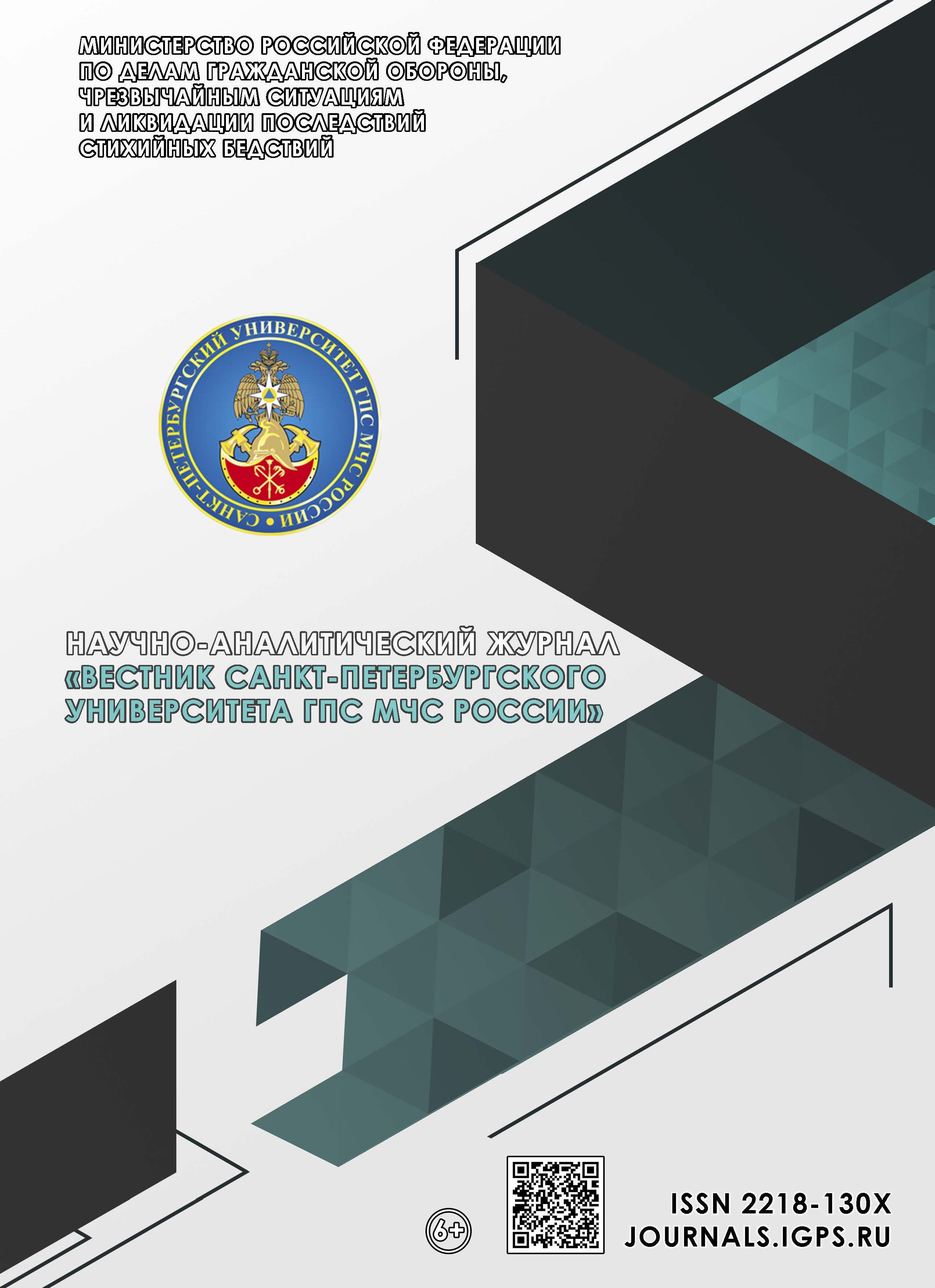Russian Federation
The existing voting system in the Republic of Iraq, which was used in the 2021 elections, is described, its inherent threats and shortcomings are noted. The principles of building modern systems of remote electronic voting are analyzed. The requirements for the security of the remote electronic voting system have been formed. A model and protocol for a promising system of remote electronic voting in Iraq based on homomorphic encryption with distributed decryption, which takes into account the features of the electoral system of the republic, has been developed. Analyzed the most likely threats to information security in this system and ways to prevent them. A demonstration layout of the remote electronic voting model has been developed. It is concluded that the proposed protocol meets the security requirements of the voting system: the secrecy of the vote and the anonymity of the voter are ensured; voter authentication; uniqueness and accuracy of voting; vote confirmation.
remote electronic voting, elections in Iraq, ElGamal cryptosystem, mix networks, blind signature, distributed key homomorphic encryption
1. Singh A., Ramakanth Kumar P., Cholli N.G. Empowering E-governance with E-voting // Indones. J. Electr. Eng. Comput. Sci. 2018. Vol. 12. № 3. P. 1081-1086.
2. Schneider A., Meter C., Hagemeister P. Survey on remote electronic voting // arXiv. 2017. P. 10.
3. Hussien H., Aboelnaga H. Design of a secured e-voting system // International Conference on Computer Applications Technology, ICCAT 2013. 2013. P. 5.
4. Official gazzete of iraq. Iraqi Council of Representatives elections law // Al-Waqai Al-iraqiyya. 2020. P. 37.
5. Chalabi M.H. E-voting framework for elections in iraq. 2014. P.135.
6. Official gazzete of iraq. Independent High Electoral Commission law // Al-Waqai Al-iraqiyya. baghdad, 2019. P. 6.
7. Chaum D.L. Untraceable Electronic Mail, Return Addresses, and Digital Pseudonyms // Commun. ACM. 1981. Vol. 24. № 2. P. 84-90.
8. Mateu V., Miret J.M., Sebé F. A hybrid approach to vector-based homomorphic tallying remote voting // Int. J. Inf. Secur. Springer Berlin Heidelberg, 2016. P. 211-221.
9. Furukawa J., Mori K., Sako K. An implementation of a mix-net based network voting scheme and its use in a private organization // Lect. Notes Comput. Sci. (including Subser. Lect. Notes Artif. Intell. Lect. Notes Bioinformatics). 2010. Vol. 6000 LNCS. P. 141-154.
10. Park C., Itoh K., Kurosawa K. Efficient anonymous channel and all/nothing election scheme // Lect. Notes Comput. Sci. (including Subser. Lect. Notes Artif. Intell. Lect. Notes Bioinformatics). 1994. Vol. 765 LNCS. P. 248-259.
11. Peng K. An efficient shuffling based eVoting scheme // J. Syst. Softw. Elsevier Inc., 2011. Vol. 84. № 6. P. 906-922.
12. Elgamal T. A Public Key Cryptosystem and a Signature Scheme Based on Discrete Logarithms // IEEE Trans. Inf. Theory. 1985. Vol. 31. № 4. P. 469-472.
13. Fujioka A., Okamoto T., Ohta K. A practical secret voting scheme for large scale elections // Lect. Notes Comput. Sci. (including Subser. Lect. Notes Artif. Intell. Lect. Notes Bioinformatics). 1993. Vol. 718 LNCS. P. 245-251.
14. Secure E-voting with blind signature / S. Ibrahim [et al.] // 4th Natl. Conf. Telecommun. Technol. NCTT 2003 - Proc. 2003. P. 193-197.
15. Rivest R.L., Shamir A., Adleman L. A Method for Obtaining Digital Signatures and Public- Key Cryptosystems // Commun. ACM. 1978. Vol. 21. № 2. P. 120-126.
16. Kriptograficheskie metody obespecheniya konfidencial'nosti elektronnyh vyborov / E.N. Sergienko [i dr.] // Problemy informatiki v obrazovanii, upravlenii, ekonomike i tekhnike: sb. statej XVII Mezhdunar. nauch.-tekhn. konf. Penza: PDZ. 2017. P. 51-56.
17. Provotum: A Blockchain-based and End-to-end Verifiable Remote Electronic Voting System / C. Killer [et al.] // Proc. - Conf. Local Comput. Networks, LCN. 2020. Vol. 2020-Novem. P. 172-183.
18. Practical Multi-Candidate Election System / O. Baudron [et al.] // Proc. Twent. Annu. ACM Symp. Princ. Distrib. Comput. 2001.
19. Zissis D. Technologies and Methodologies for Designing Secure Electronic Voting Information Systems. 2011. P. 257.
20. Salman V.D. Analiz gomomorfnyh kriptosistem Benalo i Peje dlya postroeniya sistemy elektronnogo golosovaniya // Trudy uchebnyh zavedenij svyazi. 2021. Vol. 7. № 2. P. 8.
21. Yakovlev V.A., Salman V.D., Shevcov D.S. Issledovanie sistemy elektronnogo golosovaniya na osnove gomomorfnogo shifrovaniya s raspredelennym deshifrovaniem // Zashchishchennye sistemy svyazi. 2022. Vol. 2. P. 10.
22. Kefa Rabah. Elliptic Curve ElGamal Encryption and Signature Schemes // Inf. Technol. J. 2005. Vol. 4. № 3. P. 299-306.
23. Caelli W.J., Dawson E.P., Rea S.A. PKI, elliptic curve cryptography, and digital signatures // Comput. Secur. 1999. Vol. 18. № 1. P. 47-66.
24. Ordonez A.J., Gerardo B.D., Medina R.P. Digital signature with multiple signatories based on modified ElGamal Cryptosystem // Proc. 2018 5th Int. Conf. Bus. Ind. Res. Smart Technol. Next Gener. Information, Eng. Bus. Soc. Sci. ICBIR 2018. IEEE, 2018. P. 89-94.
25. Czeslaw K. A new approach to the elgamal encryption scheme // Int. J. Appl. Math. Comput. Sci. 2004. Vol. 14. № 2. P. 265-267.
26. Cramer R., Gennaro R., Schoenmakers B. A secure and optimally efficient multi- authority election scheme // Lect. Notes Comput. Sci. (including Subser. Lect. Notes Artif. Intell. Lect. Notes Bioinformatics). 1997. Vol. 1233. P. 103-118.
27. Salman V.D., Yakovlev V.A. Metody zashchity ot ugrozy nepravil'nogo zapolneniya izbiratel'nogo byulletenya v sisteme distancionnogo elektronnogo golosovaniya // APINO. 2023. Vol. 1. P. 5.
28. An Experience in Testing the Security of Real-World Electronic Voting Systems / D. Balzarotti [et al.]. 2010. Vol. 36. № 4. P. 453-473.
29. Multi-authority secret-ballot elections with linear work / R. Cramer [et al.] // Lect. Notes Comput. Sci. (including Subser. Lect. Notes Artif. Intell. Lect. Notes Bioinformatics). 1996. Vol. 1070. P. 72-83.
30. Peng K., Dawson E., Bao F. Modification and optimisation of a shuffling scheme: Stronger security, formal analysis and higher efficiency // Int. J. Inf. Secur. 2011. Vol. 10. № 1. P. 33-47.
31. Yakovlev V.A., Salman V.D. Metody zashchity ot ugrozy nepravil'nogo zapolneniya izbiratel'nogo byulletenya v sisteme distancionnogo elektronnogo golosovaniya // Trudy uchebnyh zavedenij svyazi. 2023. Vol. 9. № 1. P. 21-36.





